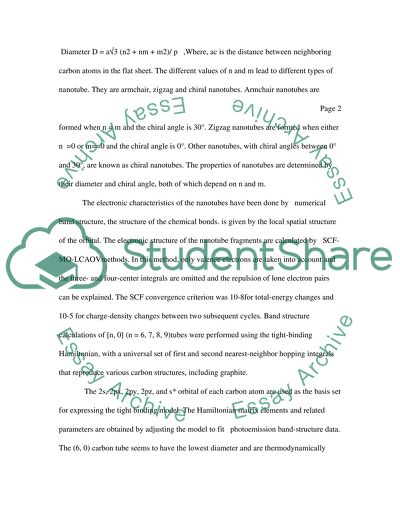Cite this document
(“Tight Binding method for carbon nanotubes Essay”, n.d.)
Tight Binding method for carbon nanotubes Essay. Retrieved from https://studentshare.org/miscellaneous/1529021-tight-binding-method-for-carbon-nanotubes
Tight Binding method for carbon nanotubes Essay. Retrieved from https://studentshare.org/miscellaneous/1529021-tight-binding-method-for-carbon-nanotubes
(Tight Binding Method for Carbon Nanotubes Essay)
Tight Binding Method for Carbon Nanotubes Essay. https://studentshare.org/miscellaneous/1529021-tight-binding-method-for-carbon-nanotubes.
Tight Binding Method for Carbon Nanotubes Essay. https://studentshare.org/miscellaneous/1529021-tight-binding-method-for-carbon-nanotubes.
“Tight Binding Method for Carbon Nanotubes Essay”, n.d. https://studentshare.org/miscellaneous/1529021-tight-binding-method-for-carbon-nanotubes.


